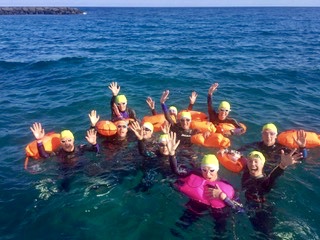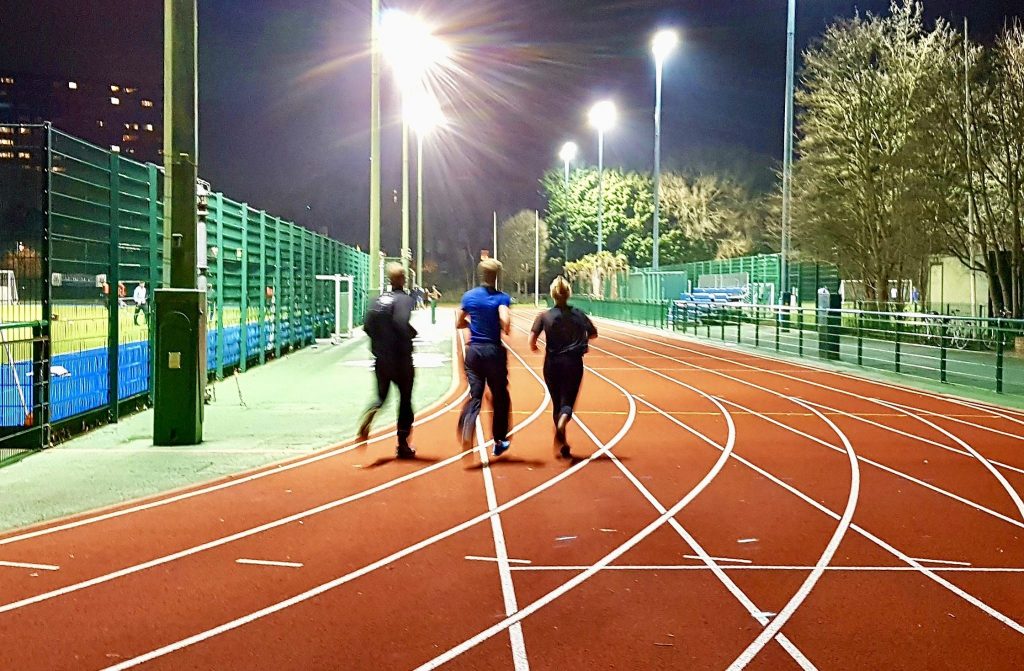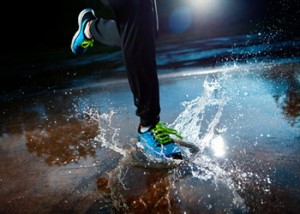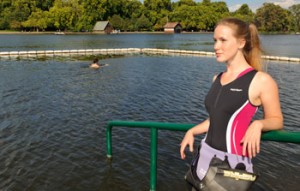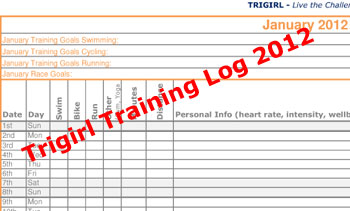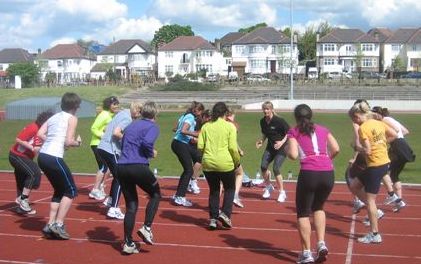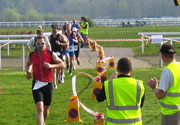Triathlon gadgets – are they an expensive (and in some cases, intimidating) waste of money or a game-changer in your triathlon training?
Let’s look at arguments for and against and how gadgets can help – and hinder – your triathlon experience.
As a triathlete and triathlon coach, I’ve found over the years that men tend to get more into the triathlon gadgets and the data they provide than the women I coach and train with. Are we doing ourselves a disservice?
First of all, what counts as a triathlon ‘gadget’?
For the purposes of this blog, anything that involves technology and is a bit of an “extra” is a gadget. For example, a bike isn’t a gadget, but a power metre is. Over our next few blogs, we’re going to look at three different pieces of triathlon gadgetry to help you decide whether to splurge or save and which pieces of tech are right for you and your training style.
Triathlon Gadgets – The Fancy Watch
the Pros:
Last year I bought a Garmin Forerunner 735XT for an ultra-running race. I wanted mapping and timing functionalities that my super-cheap watch couldn’t provide.
Yes, it took the fact that I was running farther than a marathon to make me feel that I deserved to spend the money. But I’m (mostly) glad that I did. I struggle with heart rate monitor straps. My skin is prone to chafing and my lungs are prone to freaking out when a strap is squeezing them. So today’s watches with built-in heart rate offer more comfort with less faff.
With a bit of online research, I figured out functionalities that allowed me to download a route map. I also used the run-walk function to help pace me from the start. Even as someone fairly disinterested in stats, I like looking back and seeing how my pace and heart rate changes through races and training sessions.
In everyday life, the watch looks pretty cool. It is way less clunky than previous Garmin models and it counts my steps, so I’m inspired to get a lot of walking in.
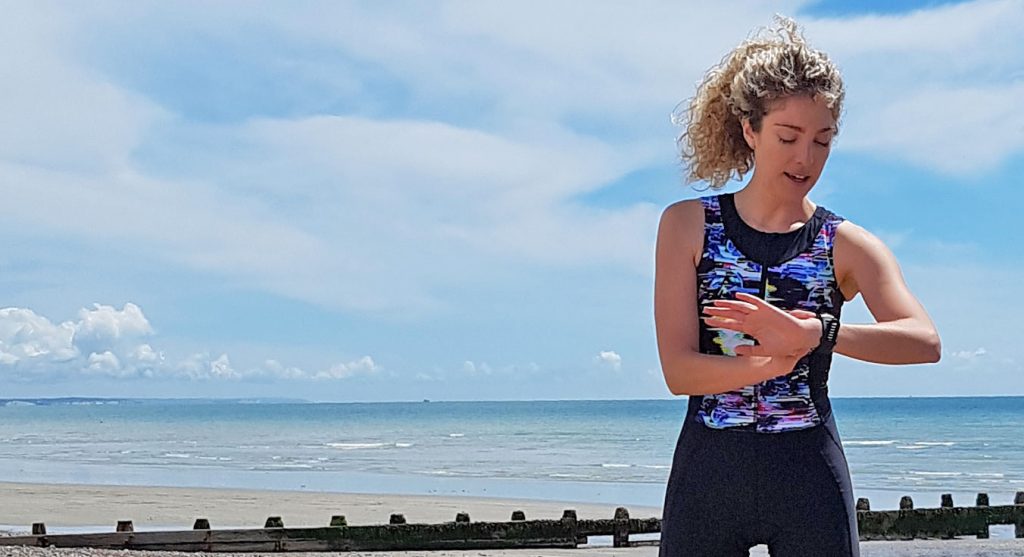
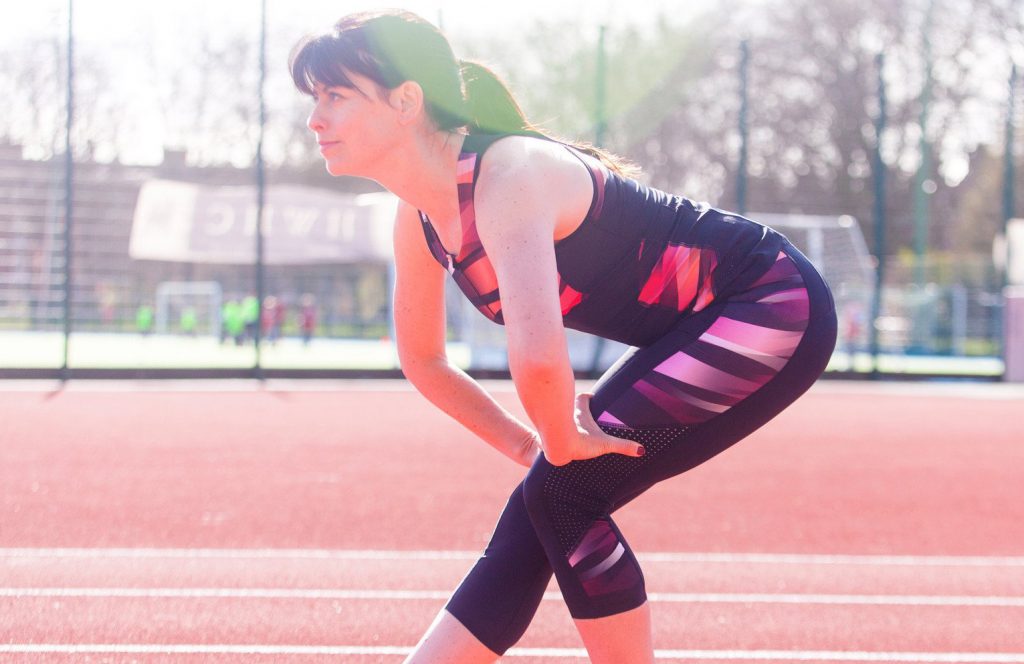
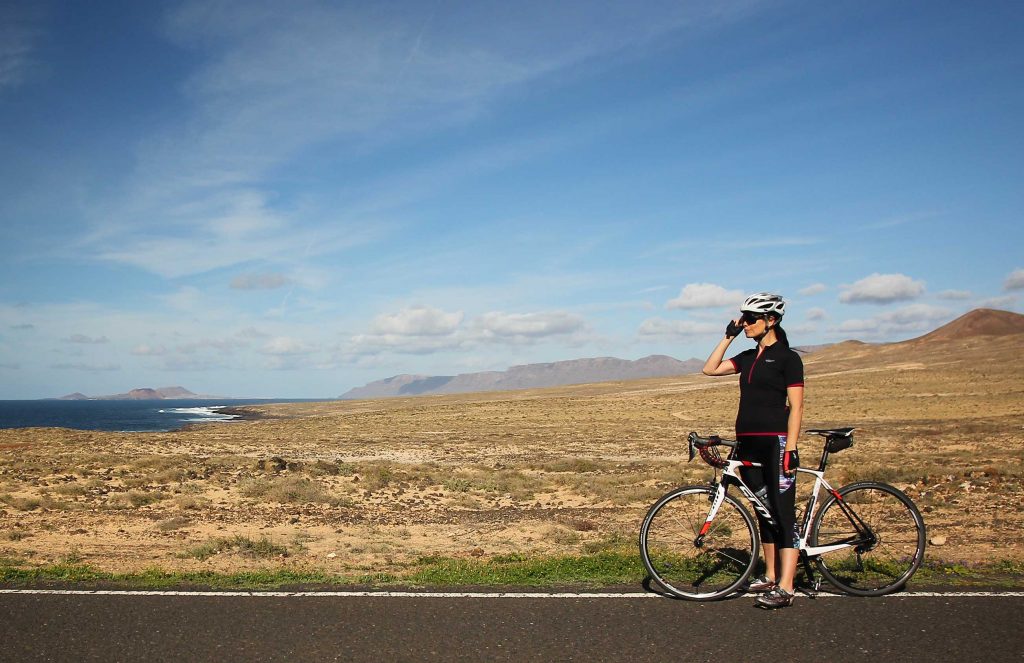
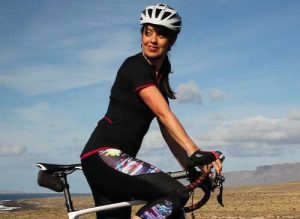
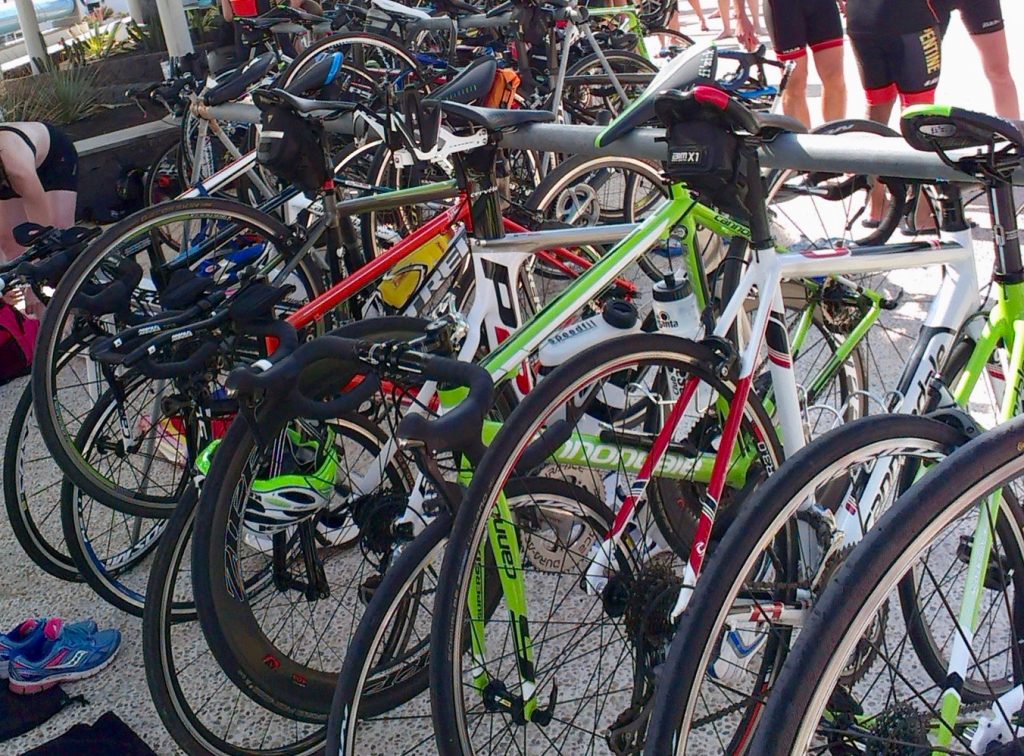

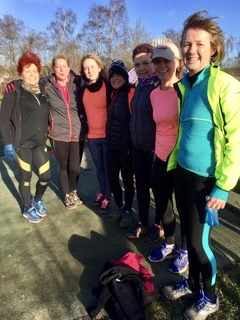 There are about 15 ladies in the group at the moment. We meet on a Monday morning and it sets us all up for the week. This morning the weather was cold and wet but we had a great session and were energised and uplifted by the end of it.
There are about 15 ladies in the group at the moment. We meet on a Monday morning and it sets us all up for the week. This morning the weather was cold and wet but we had a great session and were energised and uplifted by the end of it.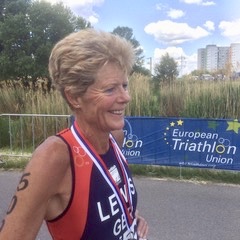 Obviously you need the right training yourself and you must have your BTF level 2 qualification and some coaching experience. I would really recommend getting someone to mentor you – I do a lot of that and it’s great to draw on the knowledge of someone who’s experienced.
Obviously you need the right training yourself and you must have your BTF level 2 qualification and some coaching experience. I would really recommend getting someone to mentor you – I do a lot of that and it’s great to draw on the knowledge of someone who’s experienced.